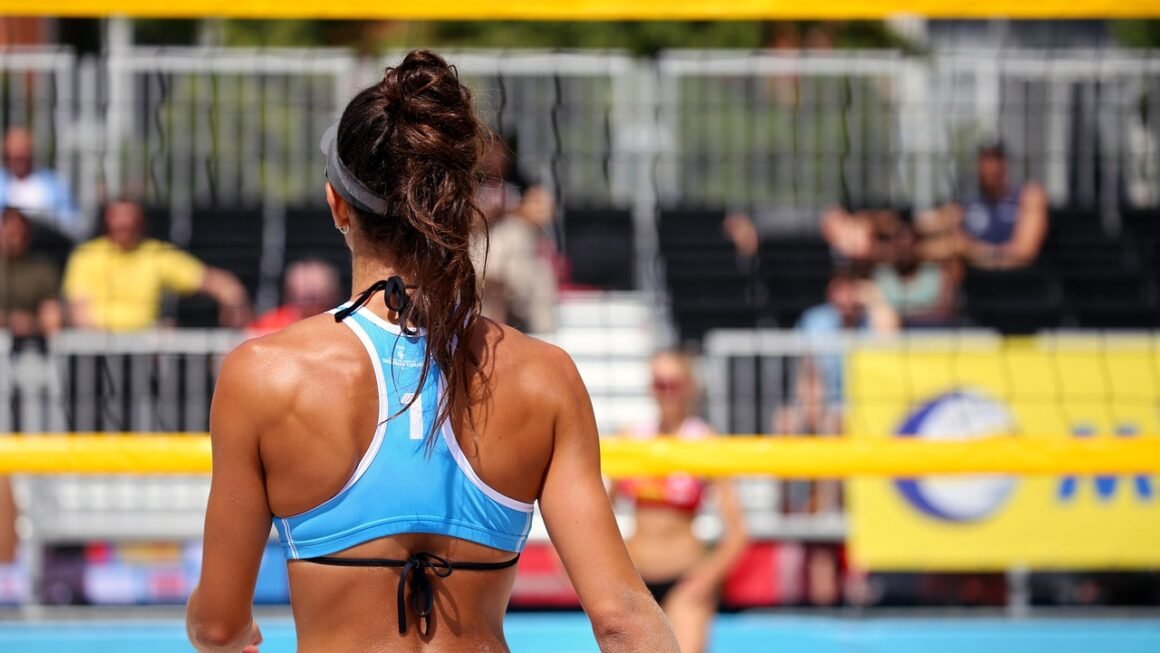Wrestling: the ancient art of grappling, the modern spectacle of sports entertainment. From its humble beginnings as a test of strength and skill to its current status as a global phenomenon, wrestling has captivated audiences for millennia. Whether you’re a seasoned fan or a curious newcomer, this blog post delves into the diverse world of wrestling, exploring its rich history, various styles, training techniques, and its undeniable impact on popular culture. Get ready to step into the squared circle and discover the fascinating universe of wrestling!
The History and Evolution of Wrestling
Ancient Roots and Early Forms
Wrestling’s history stretches back to the dawn of civilization. Evidence of wrestling can be found in cave paintings dating back 15,000 years, showcasing its primal appeal and fundamental nature. Early forms of wrestling were practiced in ancient Greece, Egypt, and the Middle East, often serving as a crucial part of military training and athletic competition.
- Greek Wrestling: A cornerstone of the ancient Olympic Games, Greek wrestling emphasized throws and submissions.
- Egyptian Wrestling: Depictions of Egyptian wrestling appear in tombs and temples, showcasing various holds and techniques.
- Folk Wrestling: Across various cultures, unique styles of folk wrestling evolved, each reflecting local traditions and fighting methods. Examples include Sumo wrestling in Japan, Catch wrestling in Lancashire (England), and Glima in Iceland.
The Rise of Modern Wrestling
The 19th and 20th centuries witnessed the formalization of wrestling styles and the emergence of modern wrestling competitions. The development of international governing bodies and standardized rules helped to establish wrestling as a recognized sport.
- Freestyle Wrestling: Allows for the use of legs in both offense and defense, making it a more dynamic and versatile style.
- Greco-Roman Wrestling: Restricts holds to above the waist, emphasizing upper body strength and technique.
- Professional Wrestling: Evolved from catch wrestling and became increasingly theatrical, focusing on entertainment and storytelling as much as athletic prowess. This style is known for its predetermined outcomes and charismatic performers.
Different Styles of Wrestling
Olympic Wrestling (Freestyle and Greco-Roman)
Olympic wrestling encompasses Freestyle and Greco-Roman styles. These styles are governed by strict rules and regulations, emphasizing takedowns, escapes, and control on the mat. Victory is achieved through points earned for successful moves or by pinning the opponent.
- Scoring: Points are awarded for takedowns, reversals, escapes, and near falls.
- Rules: Strict rules govern illegal holds and actions, ensuring the safety of the participants.
- Training: Olympic wrestlers undergo rigorous training regimens focusing on strength, conditioning, technique, and strategy.
Collegiate Wrestling (Folkstyle)
Folkstyle wrestling, also known as collegiate wrestling, is popular in the United States at the high school and college levels. It shares similarities with Freestyle wrestling but features unique scoring and rules, emphasizing riding time (controlling an opponent on the mat).
- Riding Time: Accumulating riding time provides a significant advantage and can be a decisive factor in close matches.
- Escapes and Reversals: Successfully escaping or reversing a disadvantageous position is crucial for scoring points and gaining control.
- Emphasis on Takedowns: Strong takedown skills are essential for initiating offense and gaining the upper hand.
Professional Wrestling (Sports Entertainment)
Professional wrestling, often referred to as sports entertainment, is a unique blend of athleticism, theatrics, and storytelling. While the outcomes are predetermined, the performers are highly skilled athletes who execute complex maneuvers and engage in captivating storylines.
- Storytelling: Professional wrestling relies heavily on storylines, character development, and rivalries to engage the audience.
- Showmanship: Charisma, mic skills, and in-ring presence are essential for success in professional wrestling.
- Safety: While predetermined, professional wrestling involves significant risk, and performers must be highly trained to execute moves safely.
An example of professional wrestling’s global popularity is WWE (World Wrestling Entertainment), which generates billions of dollars in revenue annually and boasts a massive global fanbase.
Training and Techniques
Fundamental Skills
Mastering the fundamentals is crucial for success in any wrestling style. These fundamental skills include:
- Stance and Movement: Maintaining a balanced stance and moving effectively on the mat are essential for offense and defense.
- Takedowns: Learning various takedown techniques allows wrestlers to gain control and initiate offense. Examples include single-leg takedowns, double-leg takedowns, and ankle picks.
- Escapes and Reversals: Developing strong escape and reversal skills enables wrestlers to avoid being controlled and to turn defensive positions into offensive opportunities.
- Control and Pinning: Learning to control an opponent on the mat and secure a pin is the ultimate goal in most wrestling styles.
Strength and Conditioning
Wrestling demands exceptional strength, endurance, and agility. Training programs typically include:
- Weightlifting: Strength training exercises such as squats, deadlifts, and bench presses are essential for building power and strength.
- Cardiovascular Training: Running, swimming, and other forms of cardio improve endurance and stamina.
- Plyometrics: Exercises such as jump squats and box jumps enhance explosiveness and agility.
- Grip Strength Training: Developing strong grip strength is essential for controlling opponents and executing techniques effectively.
Mental Toughness
Wrestling is as much a mental game as it is a physical one. Developing mental toughness, resilience, and strategic thinking are crucial for success. This includes:
- Visualization: Practicing visualization techniques can help wrestlers prepare mentally for competition and improve performance.
- Goal Setting: Setting realistic and achievable goals can provide motivation and focus.
- Mental Resilience: Learning to bounce back from setbacks and maintain a positive attitude is essential for overcoming challenges.
Wrestling’s Impact on Popular Culture
Movies and Television
Wrestling has had a significant impact on popular culture, inspiring numerous movies, television shows, and video games. Films like “Vision Quest” and “The Wrestler” have explored the challenges and triumphs of wrestlers, while shows like “GLOW” have offered unique perspectives on the wrestling world.
- Movies: Films such as “Ready to Rumble” showcase the entertainment side of professional wrestling.
- Television: Numerous documentaries and reality shows have focused on the lives and careers of professional wrestlers.
Video Games
Wrestling video games have been popular for decades, allowing fans to step into the virtual ring and experience the thrill of competition. Games like the WWE 2K series offer realistic graphics, gameplay, and character customization.
Fashion and Style
The fashion and style of professional wrestlers have influenced popular trends, with elements such as athletic apparel, vibrant colors, and bold designs making their way into mainstream fashion. Wrestlers like Dwayne “The Rock” Johnson and John Cena have become style icons.
Conclusion
Wrestling, in all its forms, continues to evolve and captivate audiences worldwide. From the ancient roots of grappling to the modern spectacle of sports entertainment, wrestling offers a unique blend of athleticism, strategy, and storytelling. Whether you’re drawn to the competitive intensity of Olympic wrestling, the strategic depth of collegiate wrestling, or the theatrical excitement of professional wrestling, there’s a place for everyone in the world of wrestling. So, step into the ring, embrace the challenge, and discover the enduring appeal of this timeless art form.



